By Dakota Murphey
The integration of technology into education offers exciting opportunities to enhance student engagement, personalise learning, and prepare students for an increasingly digital world. However, for many educators, navigating this digital frontier can feel overwhelming and chaotic.
The shift to digital learning brings with it a host of challenges: managing student device usage, choosing appropriate digital tools, integrating technology seamlessly into lesson plans, and ensuring equitable access for all students. Educators not only need to master new technologies themselves but also guide their students in using these tools effectively and responsibly, and help encourage students to consider tech roles for themselves in the future.
Creating a tech-friendly classroom layout
Creating a tech-friendly classroom layout is essential for maximising the benefits of digital learning while minimising potential disruptions, whether it’s for daily use with students or making the space flexible for community classes.
The physical arrangement of your classroom can significantly impact how effectively students use their devices and collaborate with peers, so start by considering the placement of furniture to support both individual work and group activities. This might mean arranging desks or tables in configurations that allow for easy movement between independent and collaborative work, such as clusters or U-shapes, or managing power sources to keep devices powered throughout the day.
Proper lighting is often overlooked but plays a vital role in creating an optimal digital learning environment. Position screens to avoid glare from windows or overhead lights, which can cause eye strain and make it difficult for students to view their devices. By thoughtfully addressing these layout considerations, you can create a classroom environment that supports and enhances digital learning experiences for all students.
Understanding storage and underlying systems
To effectively manage digital learning, educators must have a solid grasp of the underlying technical aspects that support these systems. This knowledge not only helps teachers troubleshoot common issues but also enables them to guide students in becoming proficient digital learners. A fundamental aspect of this is understanding file formats – introduce students to common formats, explain the purposes of each and when to use each one. This knowledge is crucial for students to effectively create, share, and access digital content moving forward.
It’s worth exploring the concept of cloud storage and file sharing too, explaining how platforms like Google Drive or Microsoft OneDrive can facilitate collaboration and provide access to files across different devices. This understanding helps students keep their digital work organised and easily accessible.
Lastly, teachers need to equip students with basic troubleshooting skills for common technical issues, such as how to clear browser caches, update software, and perform basic device maintenance. These problem-solving skills guide students through the process of identifying issues, researching solutions, and applying fixes for themselves, which aids confidence in using technology and fosters greater independence.
Choosing the right digital tools
When selecting tools, educators must consider not only the learning objectives and curriculum standards but also issues of equity and access among their student population. Look for tools that align with your teaching strategies and can enhance student engagement and understanding, but also consider the accessibility features of potential tools. For example, you will want to incorporate platforms that offer text-to-speech capabilities, closed captioning, and adjustable font sizes to accommodate students with diverse learning needs.
When evaluating digital resources, also consider the learning curve associated with each tool. While some advanced platforms might offer impressive features, they may be too complex for students to navigate effectively, potentially exacerbating existing digital divides. User-friendly interfaces that allow students to focus on content rather than struggling with the technology itself are a better choice.
If possible, facilities should prioritise high-quality, free or low-cost options to avoid creating financial barriers to participation. By carefully considering these factors, educators can choose digital tools that not only meet their instructional needs but also promote equitable inclusivity in the digital learning environment.
Managing student use and avoiding distractions
Managing the use of digital tools is an important aspect of effective digital learning. Students often struggle with maintaining focus, so it’s essential for educators to implement strategies that promote responsible device usage. Start by establishing clear guidelines for when and how devices should be used in the classroom – one way to achieve this is to implement a system of visual cues or signals that indicate when devices should be active, face-down, or put away entirely.
Implementing screen time limits and scheduled breaks is another effective strategy. Extended periods of screen time can lead to fatigue and reduced productivity, so incorporate regular breaks where students can rest their eyes and engage in non-digital activities. Additionally, consider using monitoring software or productivity tools that allow you to oversee student activity on devices. While it’s important to balance monitoring with trust and privacy concerns, these tools can be valuable in ensuring students stay on task and use technology appropriately.
Teaching digital citizenship and responsible online behaviour is fundamental to managing student use of technology. Incorporate lessons on internet safety, ethical online conduct, the responsible use of AI, and critical evaluation of digital content into your curriculum, to help students understand the potential consequences of their digital actions and the importance of maintaining a positive digital footprint.
Embracing flexibility and progress in digital learning
The journey toward effective digital learning is ongoing, and it’s important for educators to remain flexible and open to new ideas and technologies as they appear. As you implement these strategies, remember that what works best will vary depending on your specific context, your students’ needs, and their learning objectives, so it’s critical to be prepared to iterate and refine your approach based on feedback and observed outcomes.
Remember, the goal is not perfection, but progress. Each step taken towards more effective digital learning is a step towards better preparing our students for their future. The ultimate aim, as always, is to provide the best possible education for your students in our rapidly evolving digital world.
